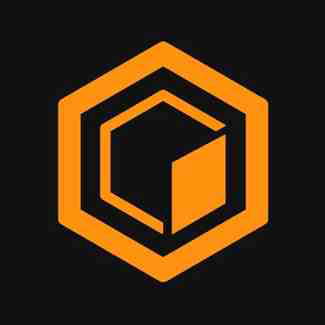What are RWAs: The Bridge Between Blockchain and Real Assets

Understanding RWAs and Their Significance
Navigating the ever-evolving landscape of blockchain technology and cryptocurrencies can be daunting, yet one term increasingly gaining prominence is RWAs, or Real World Assets. These assets represent a critical connection between the digital and physical worlds, introducing a new dimension to the blockchain ecosystem. RWAs facilitate the tokenization of tangible assets, enabling them to benefit from the transparency, security, and efficiency inherent in blockchain technology.
Real World Assets encompass a wide range of physical items, from real estate, art, and commodities to financial instruments such as stocks and bonds. The tokenization of RWAs signifies the digital representation of these tangible assets on blockchain networks, allowing them to be transacted, stored, and liquidated as digital tokens. This innovative approach paves the way for various financial and logistical advantages, including fractional ownership, enhanced liquidity, and reduced costs associated with asset management.
The Intersection of Blockchain and Traditional Finance
The intersection of RWAs and blockchain technology serves as a bridge between traditional finance systems and decentralized platforms. Historically, real-world asset management involved labor-intensive processes, significant paperwork, and a degree of opacity that often limited accessibility and transparency. Blockchain technology, however, transforms these dynamics by utilizing a decentralized ledger that records transactions immutably and transparently.
Bringing RWAs onto the blockchain allows assets to be traded more freely and efficiently. For instance, tokenizing real estate through blockchain enables fractional ownership, granting smaller investors the opportunity to own a portion of high-value properties, which would typically be financially inaccessible. This democratization of investment opportunities exemplifies the potential of RWAs to redefine market participation.
Tokenization: The Process and Benefits
Tokenization is the process through which physical assets are converted into digital tokens, representing ownership or a stake in the underlying real-world asset. This conversion is pivotal to integrating RWAs into the blockchain realm, offering notable benefits:
- Fractional Ownership: By tokenizing large and expensive assets, such as real estate or fine art, investors can purchase smaller portions, democratizing access to otherwise exclusive investments.
- Improved Liquidity: Traditionally, assets like real estate are considered illiquid due to long transaction times. Tokens can be rapidly traded on exchanges, improving liquidity and investment agility.
- Transparency and Security: Blockchain's immutable ledger ensures that ownership records are secure and auditable, significantly reducing fraud risk.
- Cost Efficiency: Reducing the need for intermediaries and cumbersome paperwork can lower transaction costs and streamline asset management.
Challenges and Considerations in Tokenizing RWAs
While the promise of RWAs is compelling, several challenges must be addressed to realize their full potential:
- Regulatory Compliance: Adhering to local and international regulations is paramount in tokenizing real-world assets. Ensuring compliance with securities laws and property rights requires a concerted effort from both blockchain developers and legal experts.
- Valuation and Trust: Accurate valuation of assets and building trust among investors and stakeholders are essential components. Establishing standards and certification processes can aid in gaining investor confidence.
- Technical Infrastructure: Developing robust, scalable blockchain platforms that can manage and transfer tokens efficiently and securely is critical to the widespread adoption of RWAs.
Real-World Applications and Innovations
RWAs are not just a theoretical construct; they are witnessing practical applications across different sectors:
- Real Estate: Companies are actively using blockchain platforms to tokenize properties, thereby enabling fractional ownership and enhancing portfolio diversification for investors.
- Art and Collectibles: Artworks, rare collectibles, and luxury items are being tokenized to facilitate easier buying and selling through secure digital platforms.
- Supply Chain Financing: Blockchain can track and tokenize commodities, improving supply chain transparency and increasing financing efficiency.
Looking Forward: The Potential Future of RWAs
As we stand at the cusp of digital finance evolution, RWAs hold immense potential for reshaping global financial markets. By unlocking new investment avenues and democratizing asset ownership, they promise an inclusive and transparent financial ecosystem.
For those contemplating the next big leap in finance, embracing RWAs might just be the transformative opportunity you seek. Whether you're an investor looking for new ways to diversify your portfolio or a business strategizing to streamline asset management, the integration of RWAs into your strategy could well be your pathway to future success. Keep an eye on emerging technologies and regulatory landscapes to navigate and capitalize on this exciting frontier.
Latest articles
See moreAbout author
I'm Blockchain Linguist, a language bridge-builder in the blockchain world. I excel at dissecting the economic models of DeFi protocols and the governance mechanisms of DAO organizations in English, while discussing Belarus' supportive policies for the crypto industry and the real-world applications of blockchain technology in the Ural region in Russian. Having promoted blockchain education projects in St. Petersburg and studied the development of on-chain data analysis tools in London, I'll help you gain insights into the diverse practices and future trends of blockchain technology across different regional cultures through bilingual storytelling.
























